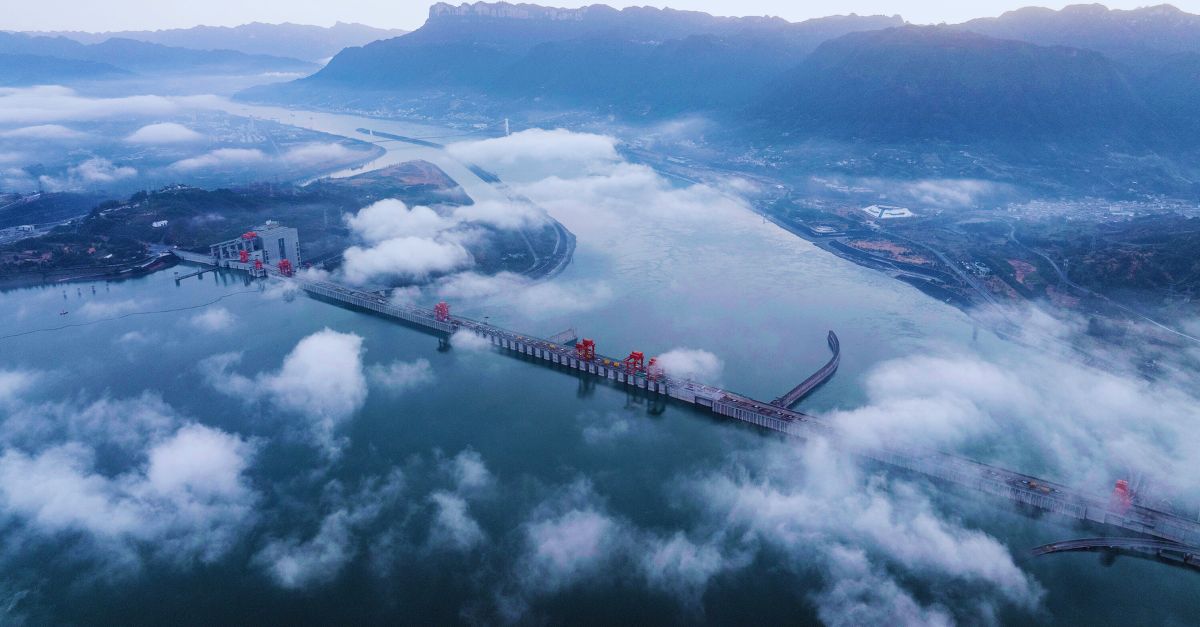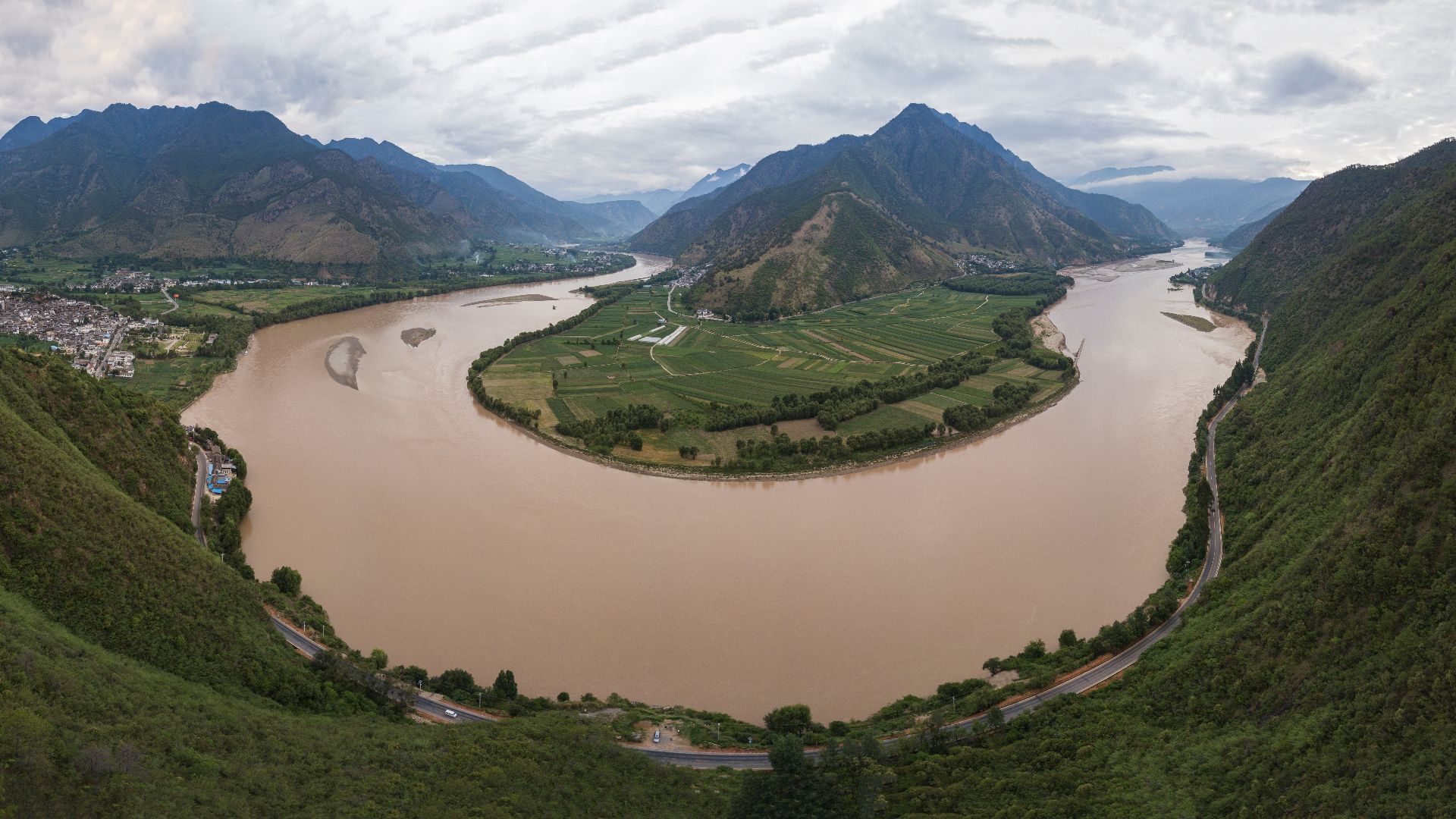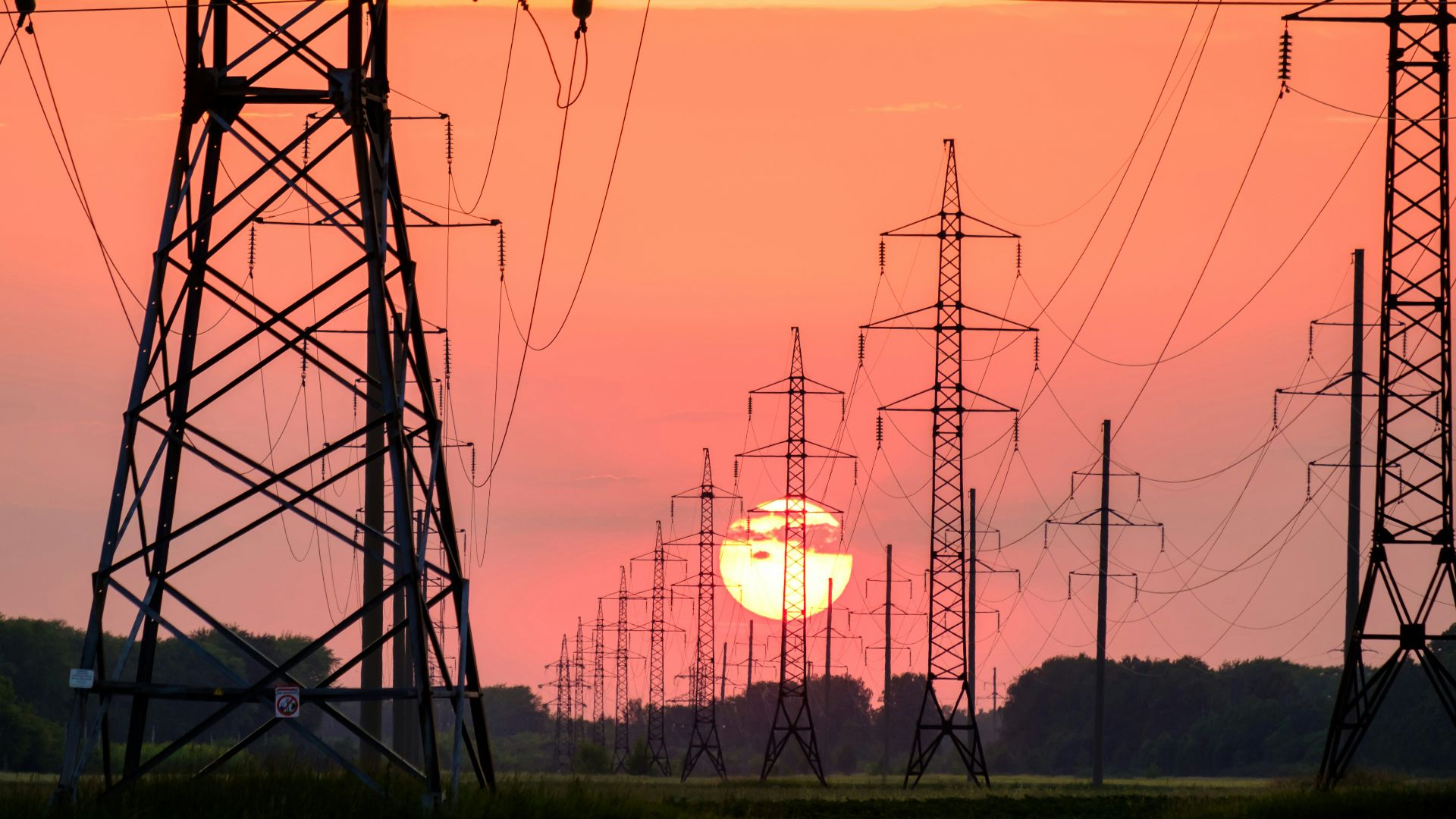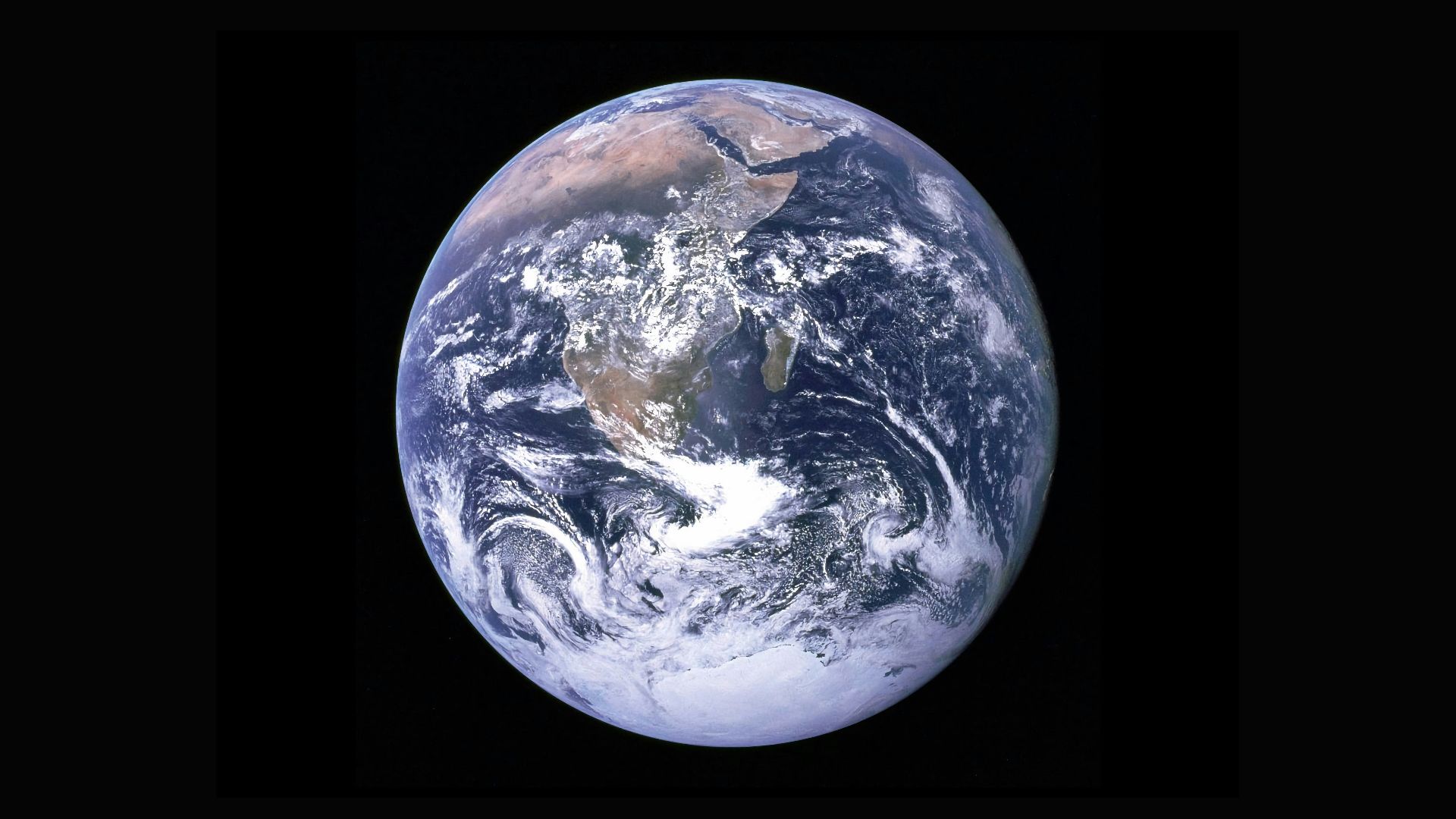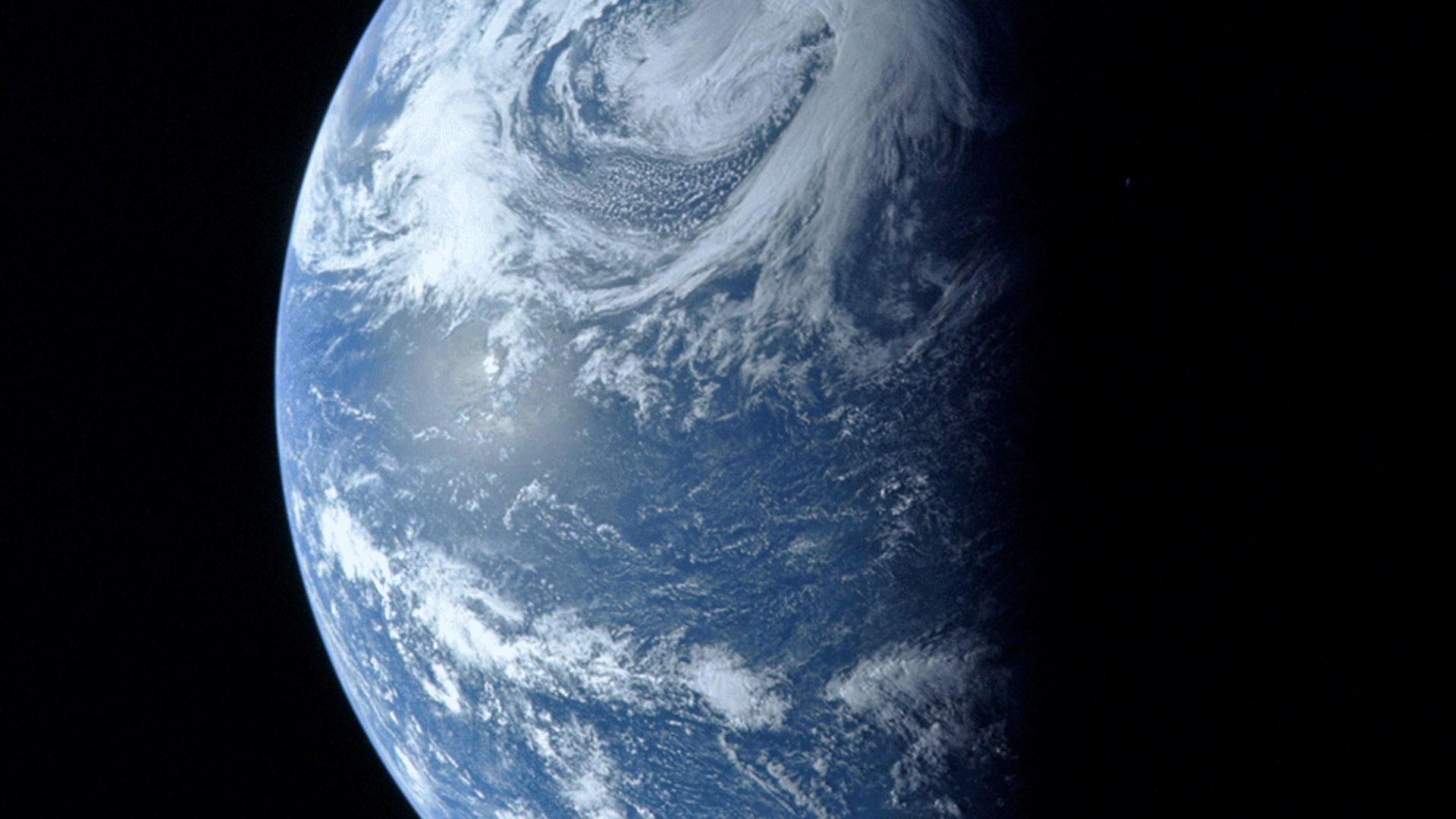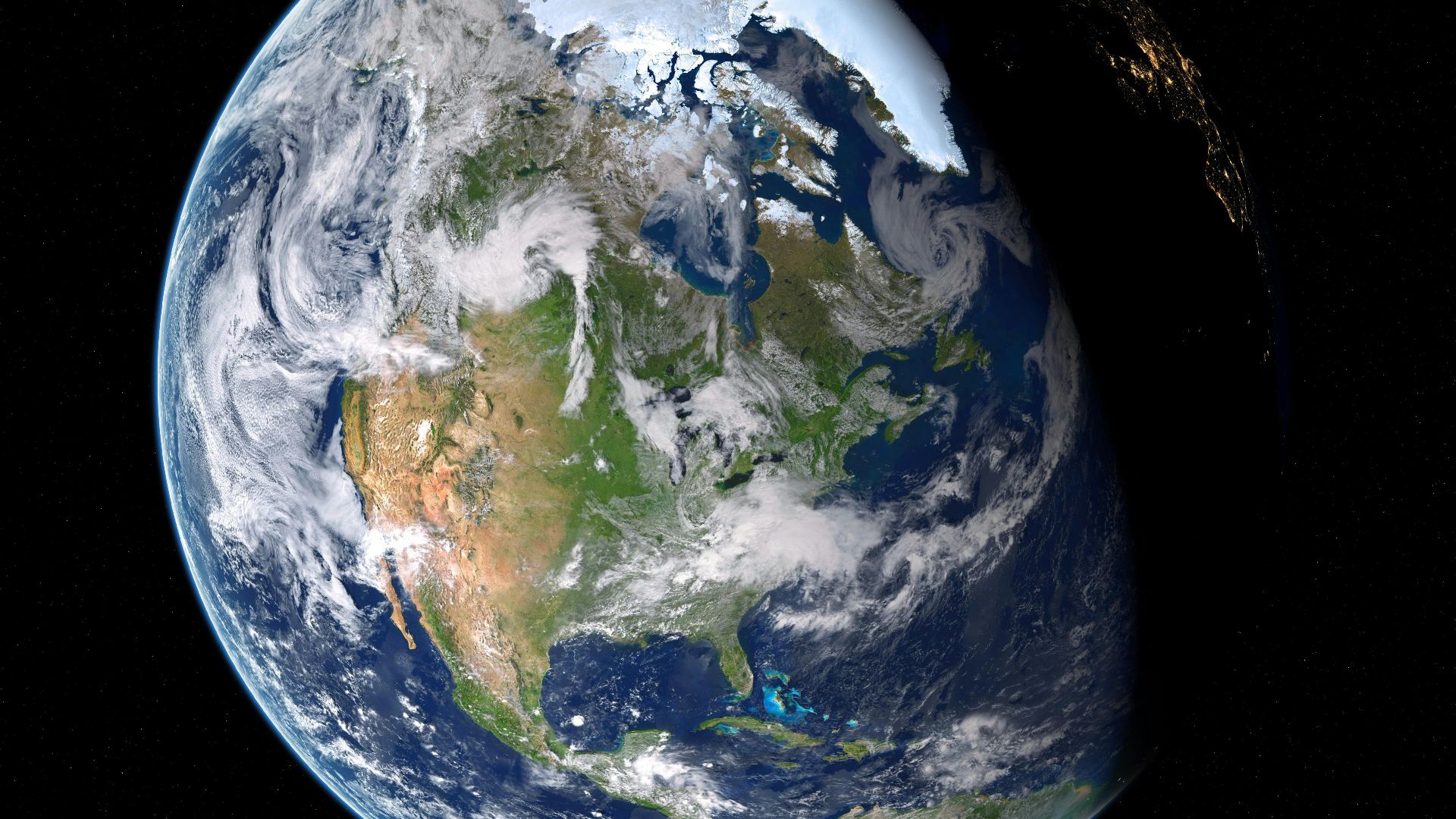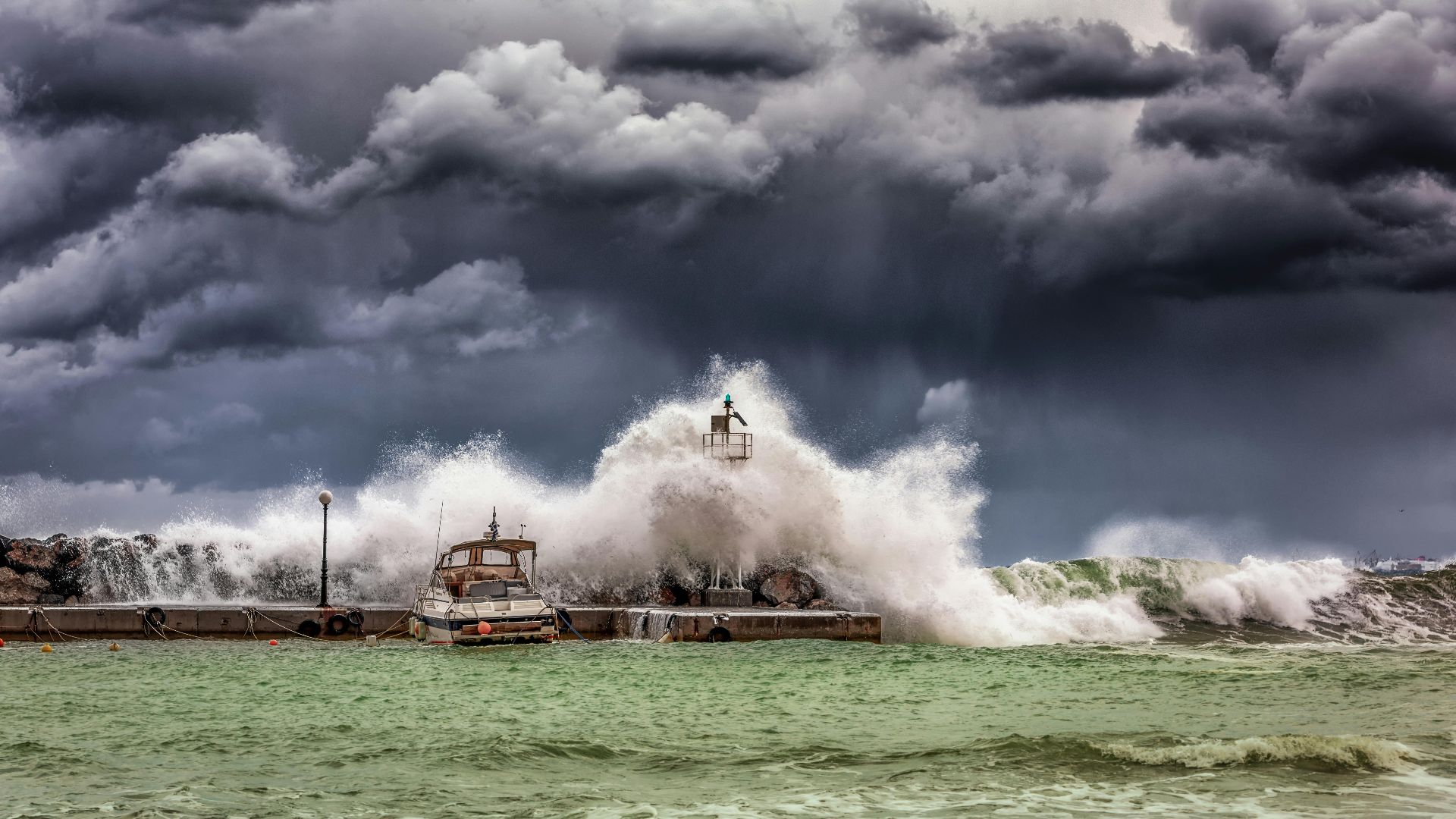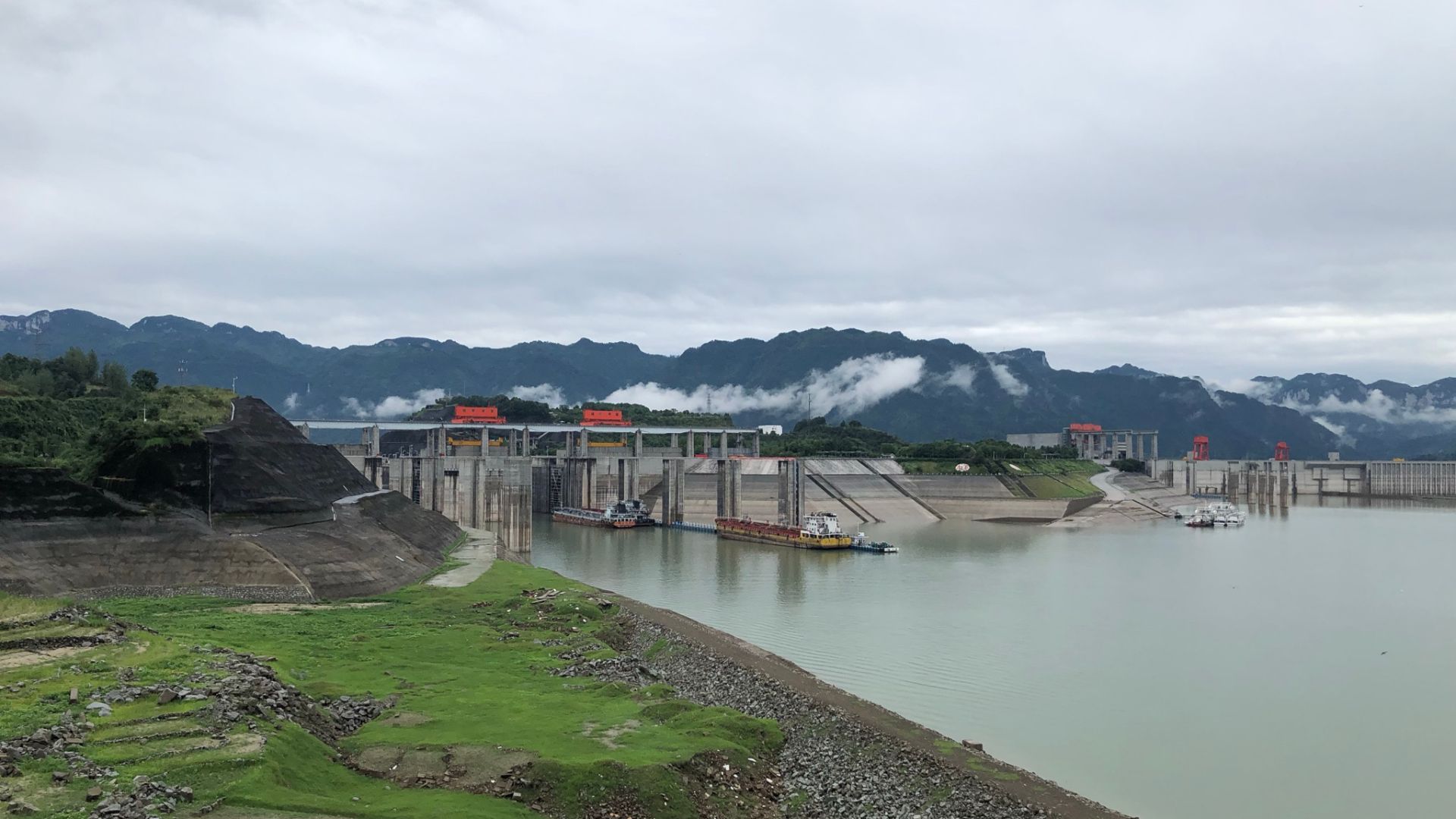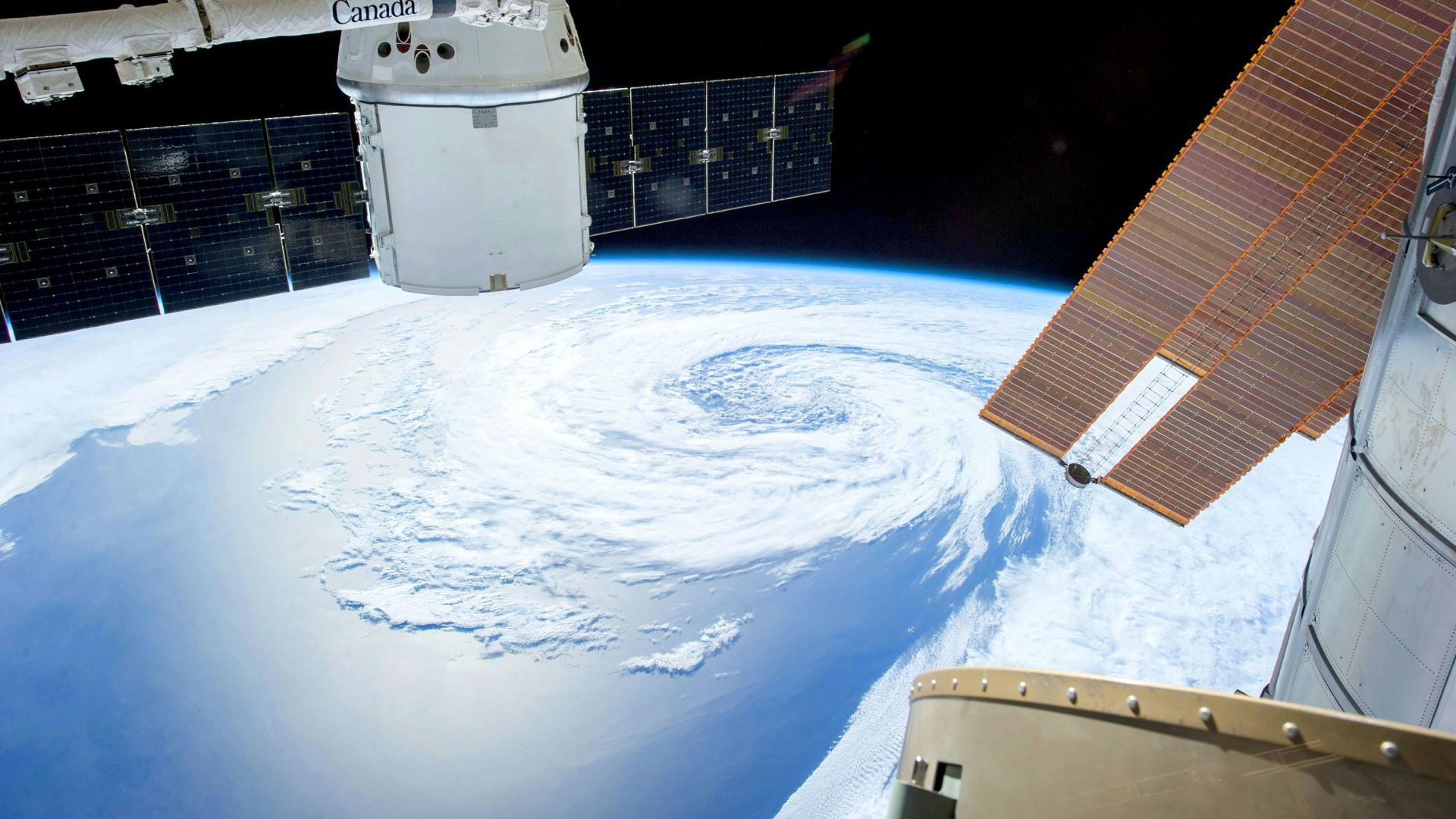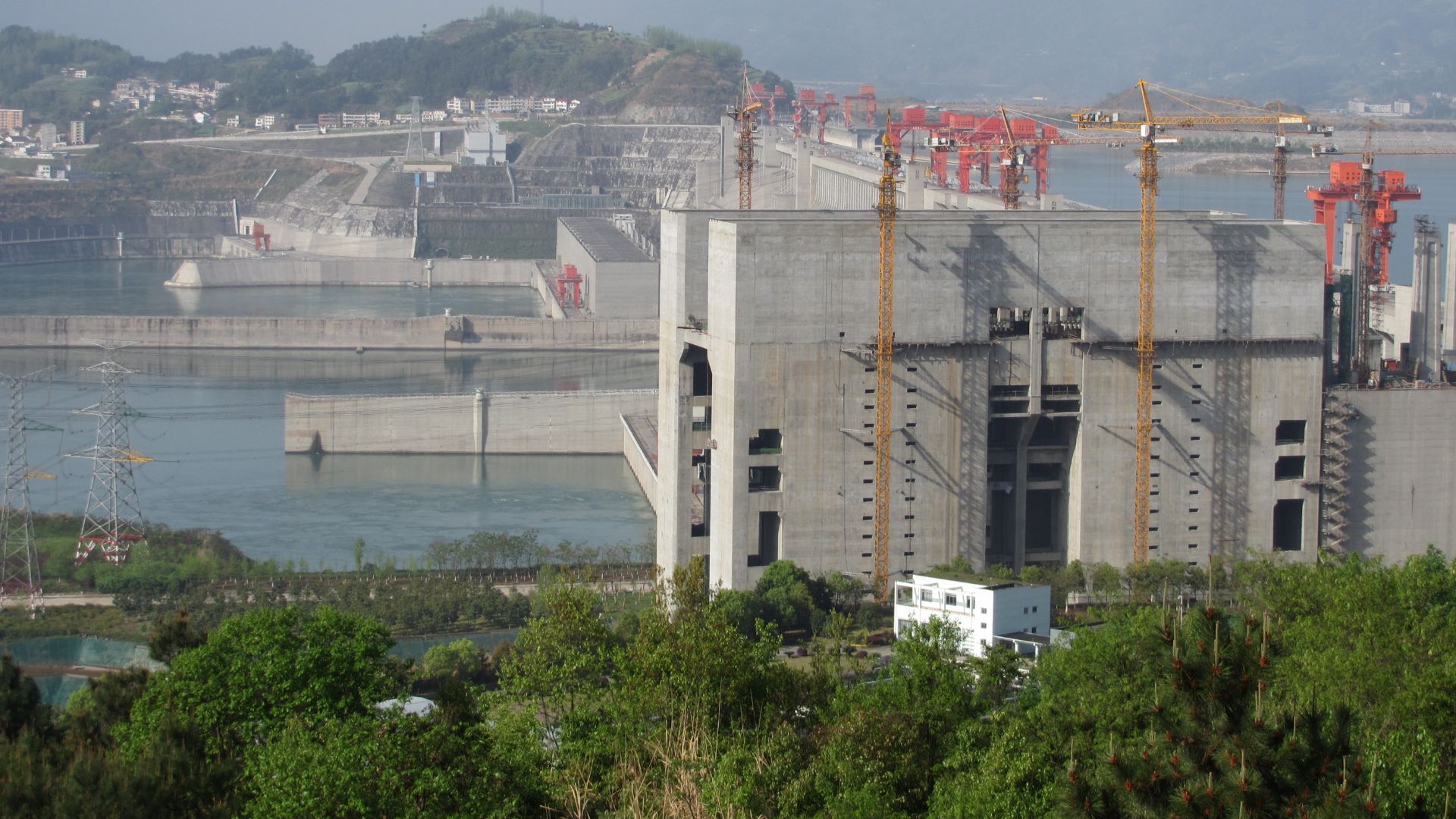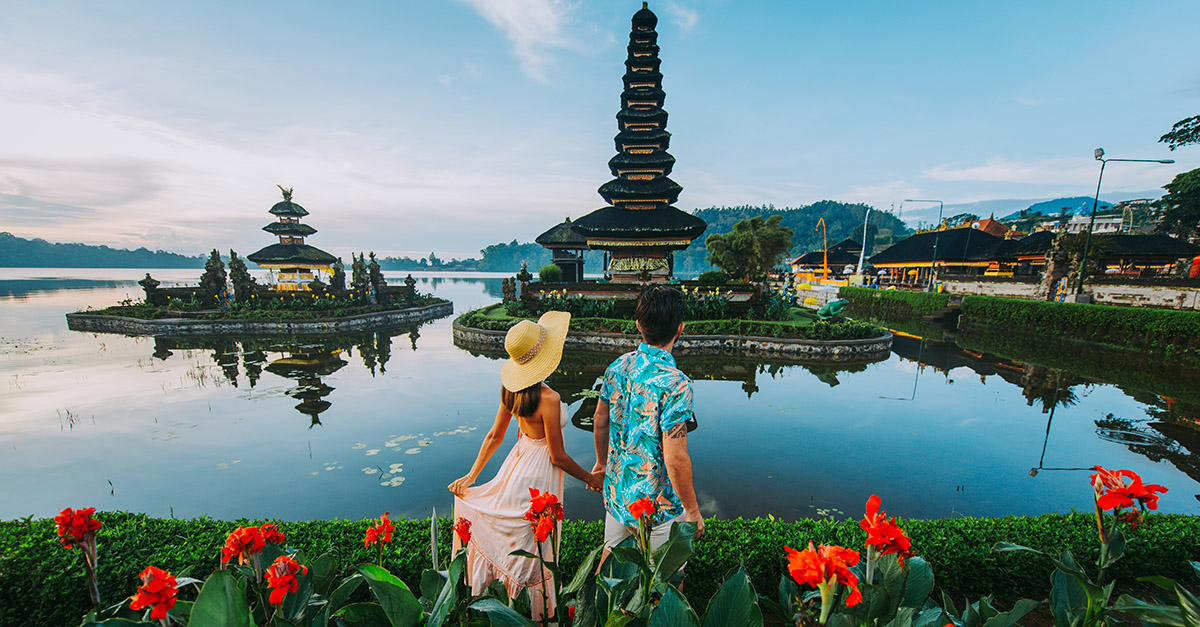When Big Ideas Start Making Tiny Waves
Most dams just block water. This one decided to get creative. It’s so large, it might impact the Earth's spin. Not sci-fi. Just physics.

The Vision For The Dam Was Proposed In 1919 By Sun Yat-Sen
In 1919, Chinese leader Sun Yat-sen included the concept of a large dam on the Yangtze River in a national industrial development plan. His vision aimed to improve flood control, generate electricity, and support inland navigation using a single large-scale project.
 Unknown authorUnknown author, Wikimedia Commons
Unknown authorUnknown author, Wikimedia Commons
Site Selection In Sandouping Was Finalized In 1959
By 1959, Chinese engineers identified Sandouping in Hubei Province as the most suitable location for the dam. The choice was based on its stable bedrock foundation and the narrow width of the river at that point. Another factor was its ability to support large-scale infrastructure.
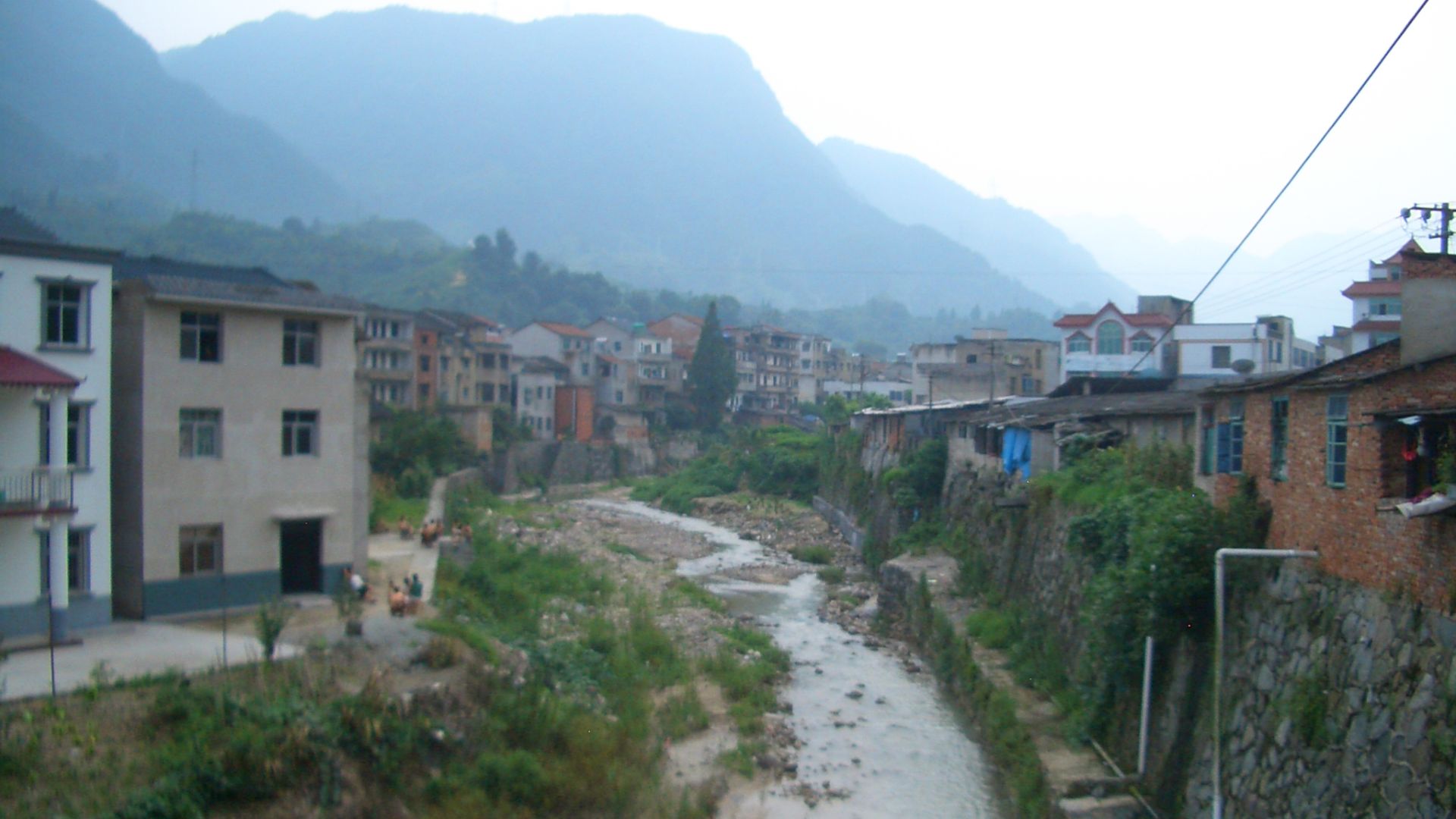 User:Vmenkov, Wikimedia Commons
User:Vmenkov, Wikimedia Commons
Official Approval For Construction Was Granted In 1992
Come 1992, the National People's Congress officially approved the construction of the Three Gorges Dam. Despite concerns over environmental damage and the displacement of communities, the project received majority support from the Chinese government and was designated as a key national infrastructure plan.
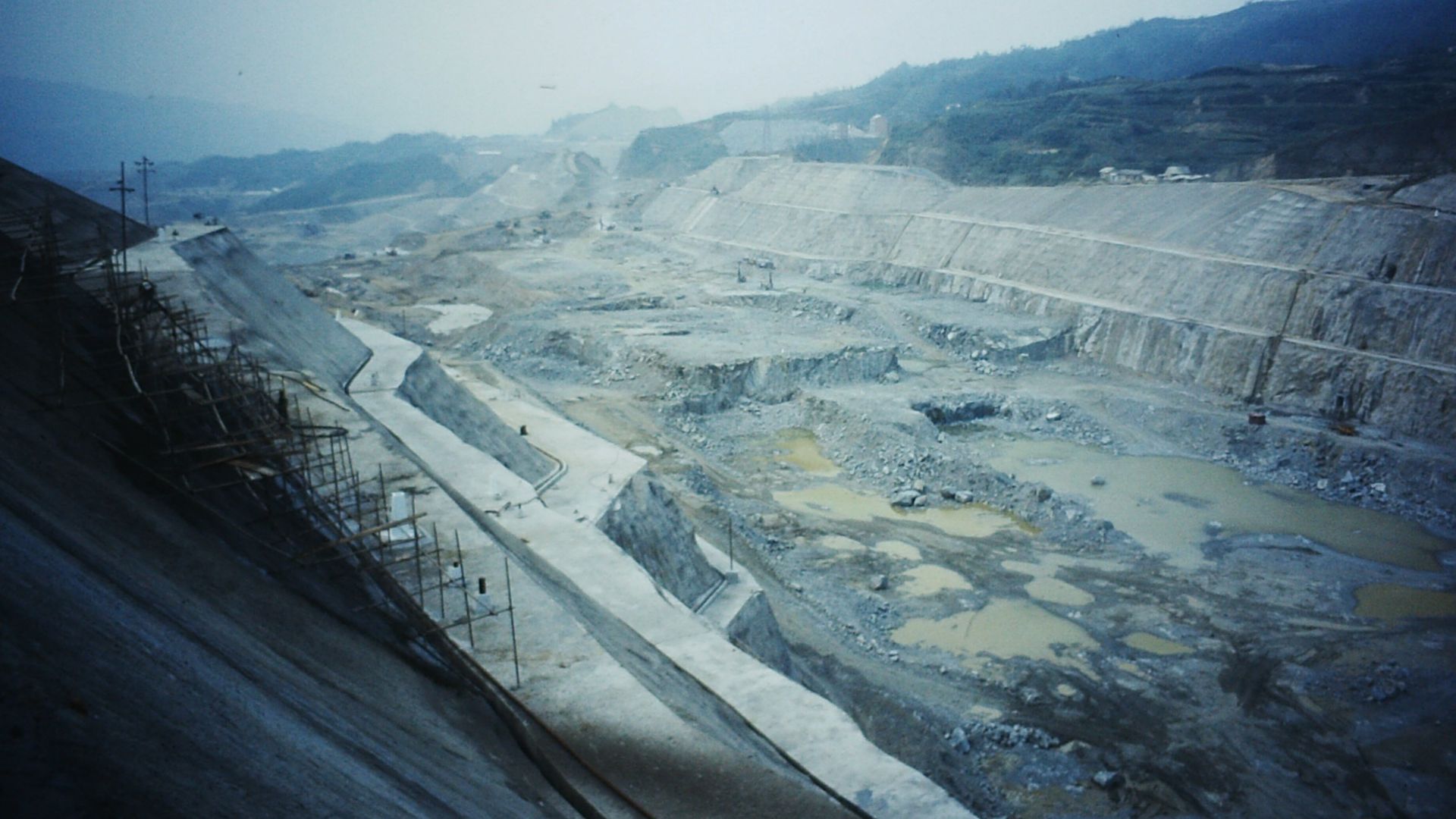 Lorenz King at geogr.uni-giessen.de, Wikimedia Commons
Lorenz King at geogr.uni-giessen.de, Wikimedia Commons
Construction Commenced On December 14, 1994
Initial groundwork for the dam began on December 14, 1994. Thousands of workers participated in excavation, foundation preparation, and early concrete pouring. This phase marked the start of the largest hydroelectric construction project ever attempted in China at the time.
The Dam’s Structure Was Completed In 2006
The physical construction of the dam wall was completed in 2006. The completed barrier stretched meters across the Yangtze River and stood over 100 meters tall. Its primary purpose was managing flooding and supporting energy generation through an integrated hydroelectric system.
 Le Grand Portage, Wikimedia Commons
Le Grand Portage, Wikimedia Commons
Full Operation Began In 2012 After The Power Plant’s Completion
After all turbines and control systems were installed in 2012, the Three Gorges Dam became fully operational. This milestone allowed it to reach its full designed generating capacity, delivering electricity to major urban and industrial centers across eastern and central China.
The Dam Stands At 181 Meters Tall And Spans 2,335 Meters In Length
The dam structure measures 181 meters from base to top and stretches 2,335 meters in length. These dimensions make it one of the world's longest and tallest concrete gravity dams, designed to hold back immense volumes of river water.
It Is A Gravity Dam Utilizing 28 Million Cubic Meters Of Concrete
The Three Gorges Dam uses a gravity design that relies on its own weight to resist the water pressure behind it. Builders used approximately 28 million cubic meters of concrete in its construction, and this makes it one of the heaviest dam structures ever built.
 Three Gorges Dam: The World's Most Powerful Dam by MegaBuilds
Three Gorges Dam: The World's Most Powerful Dam by MegaBuilds
The Reservoir Extends Approximately 600 Kilometers Upstream
The reservoir created by the dam extends roughly 600 kilometers upstream to reach as far as Chongqing. This expansion submerged multiple valleys and altered the regional geography, enabling better ship movement and significantly increasing the inland waterway capacity of the Yangtze River.
At Full Capacity, The Reservoir Holds 39.3 Billion Cubic Meters Of Water
When filled to its maximum level, the reservoir behind the Three Gorges Dam holds approximately 39.3 billion cubic meters of water. This volume contributes to water storage, hydroelectric generation, and seasonal flood control across a wide area of central China.
 Three Gorges Dam: This Dam affected Earth’s Rotation by Interesting Engineering
Three Gorges Dam: This Dam affected Earth’s Rotation by Interesting Engineering
The Dam Incorporates 32 Main Turbines, Generating 700 MW Each
The hydroelectric facility includes 32 main turbines, each capable of producing 700 megawatts of electricity. These turbines are Francis-type, chosen for their efficiency and suitability for high-flow conditions. The combined output supports regional power demands across multiple Chinese provinces.
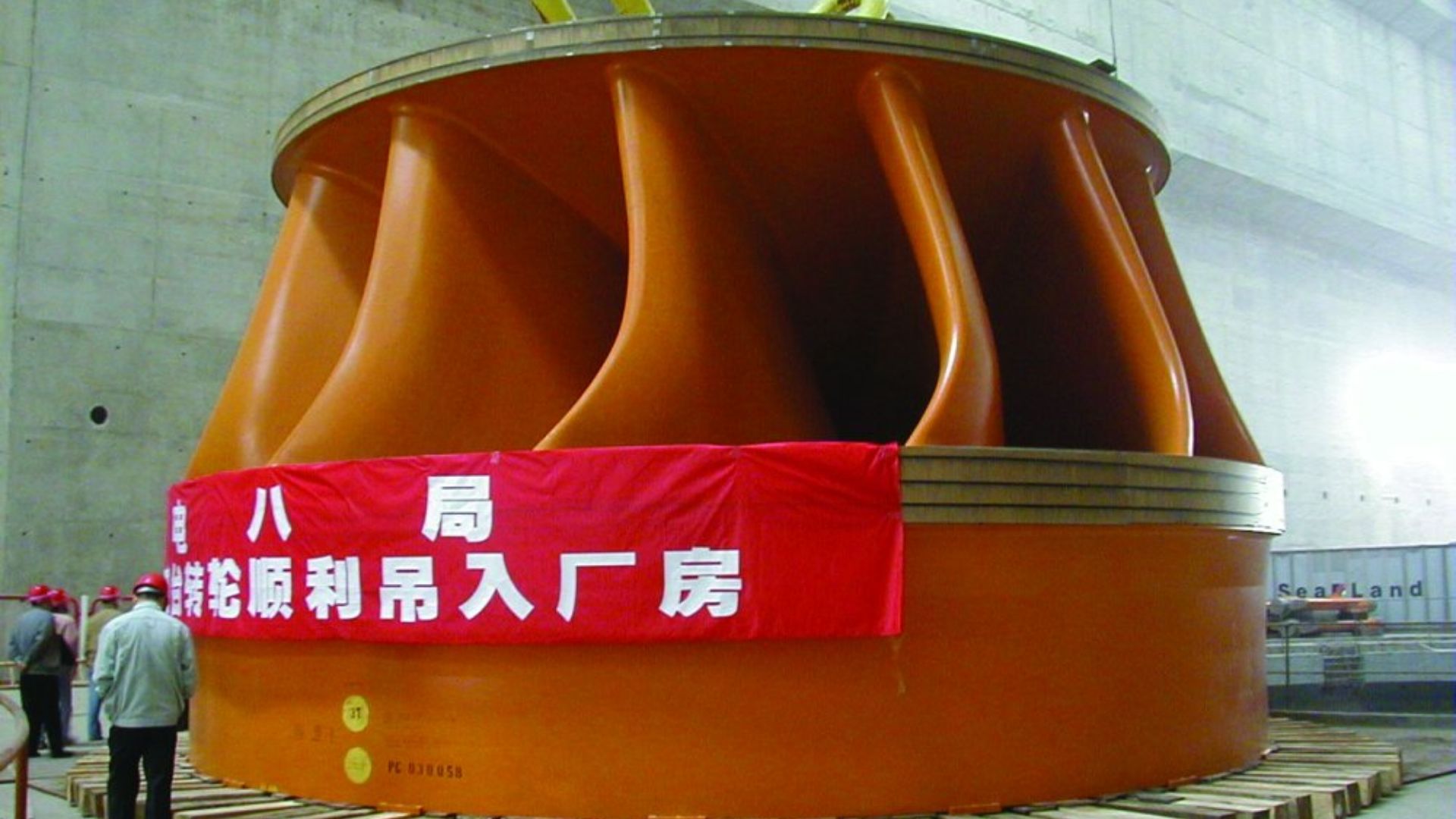 Voith Siemens Hydro Power Generation, Wikimedia Commons
Voith Siemens Hydro Power Generation, Wikimedia Commons
Total Installed Capacity Reaches 22,500 Megawatts
With all turbines operational, the dam’s total installed generating capacity stands at 22,500 megawatts. For this reason, the dam is the biggest hydroelectric power station in the world by capacity, surpassing other major facilities such as Brazil’s Itaipu Dam.
Annual Power Generation Averages 101.6 Terawatt-Hours
Each year, the Three Gorges Dam generates around 101.6 terawatt-hours of electricity. Such an output contributes significantly to China’s renewable energy supply, reducing reliance on coal-fired power plants. It also helps cut down greenhouse gas emissions in high-demand urban regions.
The Dam Features A Ship Lift Capable Of Elevating Vessels 113 Meters
In addition to power generation, the dam includes a vertical ship lift. It raises vessels weighing up to 3,000 tons by 113 meters in approximately 40 minutes. This feature improves traffic flow for commercial shipping along the Yangtze River.
 Exclusive aerial view: world's largest shiplift at China's Three Gorges Dam by New China TV
Exclusive aerial view: world's largest shiplift at China's Three Gorges Dam by New China TV
Construction Cost Was Approximately 31.765 Billion USD
The project’s final cost reached approximately $31.765 billion USD. Funding came from a combination of government resources, domestic loans, and electricity surcharges. The cost covered dam construction, equipment installation, population resettlement, and environmental mitigation measures.
The Reservoir Submerged Over 1,000 Square Kilometers Of Land
Creation of the reservoir resulted in the submersion of over 1,000 square kilometers of land. This area included towns with homes, farmland, and archaeological sites. The flooding transformed the terrain permanently and required the redesign of transportation and agricultural infrastructure.
 Miaow Miaow, Wikimedia Commons
Miaow Miaow, Wikimedia Commons
More Than 1.2 Million People Were Relocated Due To The Project
Over 1.2 million people were relocated to newly constructed towns and resettlement areas to make way for the reservoir. The process involved government compensation programs and new housing development, though critics raised concerns about long-term socioeconomic impacts.
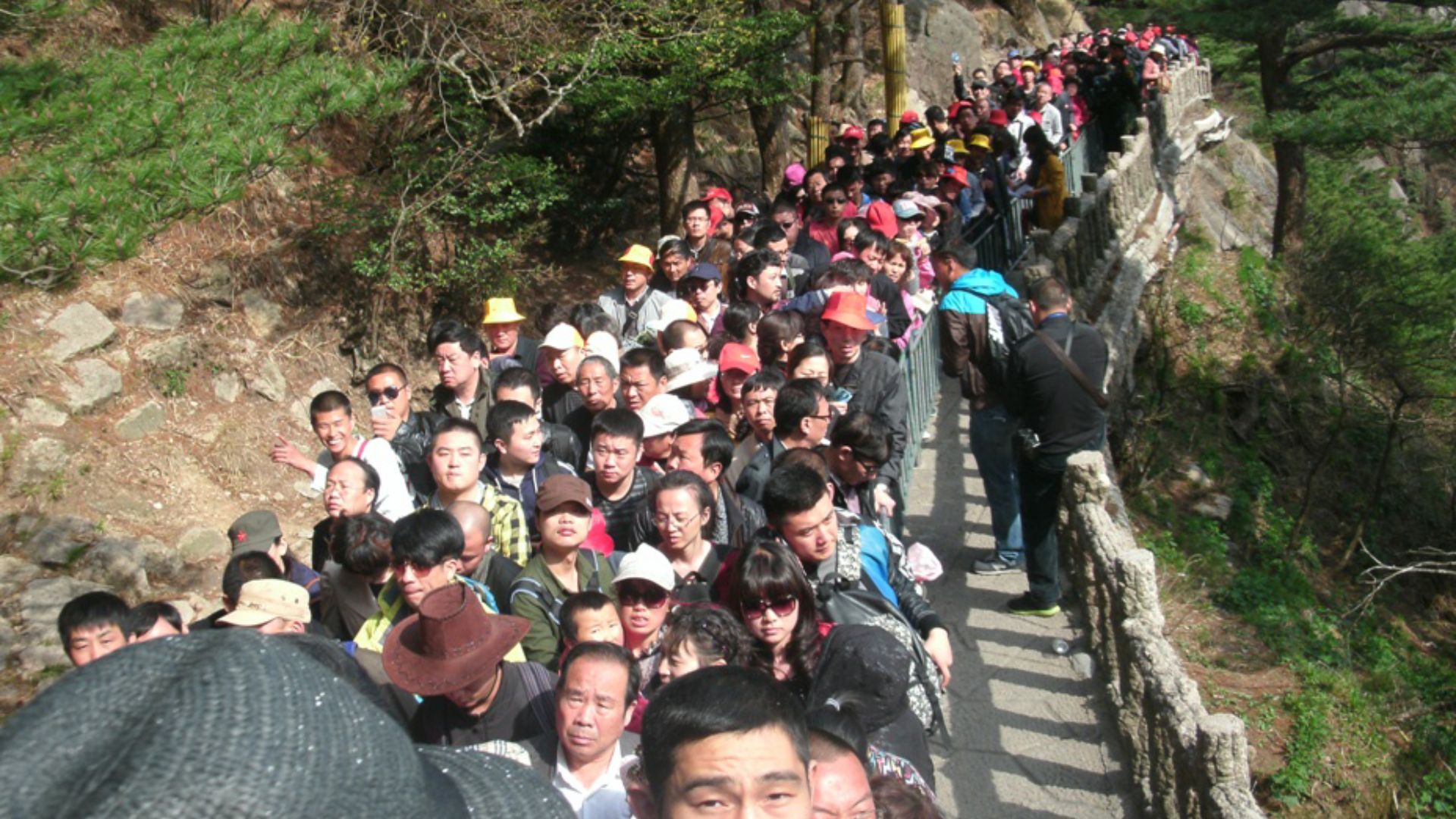 Viktor Pinchuk, Wikimedia Commons
Viktor Pinchuk, Wikimedia Commons
The Dam Was Engineered To Withstand Earthquakes Up To Magnitude 7
With the use of structural reinforcements, engineers were able to build the dam to withstand seismic activity and withstand earthquakes up to a Richter scale magnitude of seven. This standard addresses known fault lines in the region and ensures the dam’s long-term stability.
 Three Gorges Dam: This Dam affected Earth’s Rotation by Interesting Engineering
Three Gorges Dam: This Dam affected Earth’s Rotation by Interesting Engineering
Sediment Accumulation In The Reservoir Poses Long-Term Challenges
Sediment from the Yangtze River settles in the reservoir, gradually reducing its storage capacity. Managing this buildup is essential to maintain water flow and prevent blockages. Dredging, sediment flushing, and upstream soil management are part of the long-term maintenance strategy.
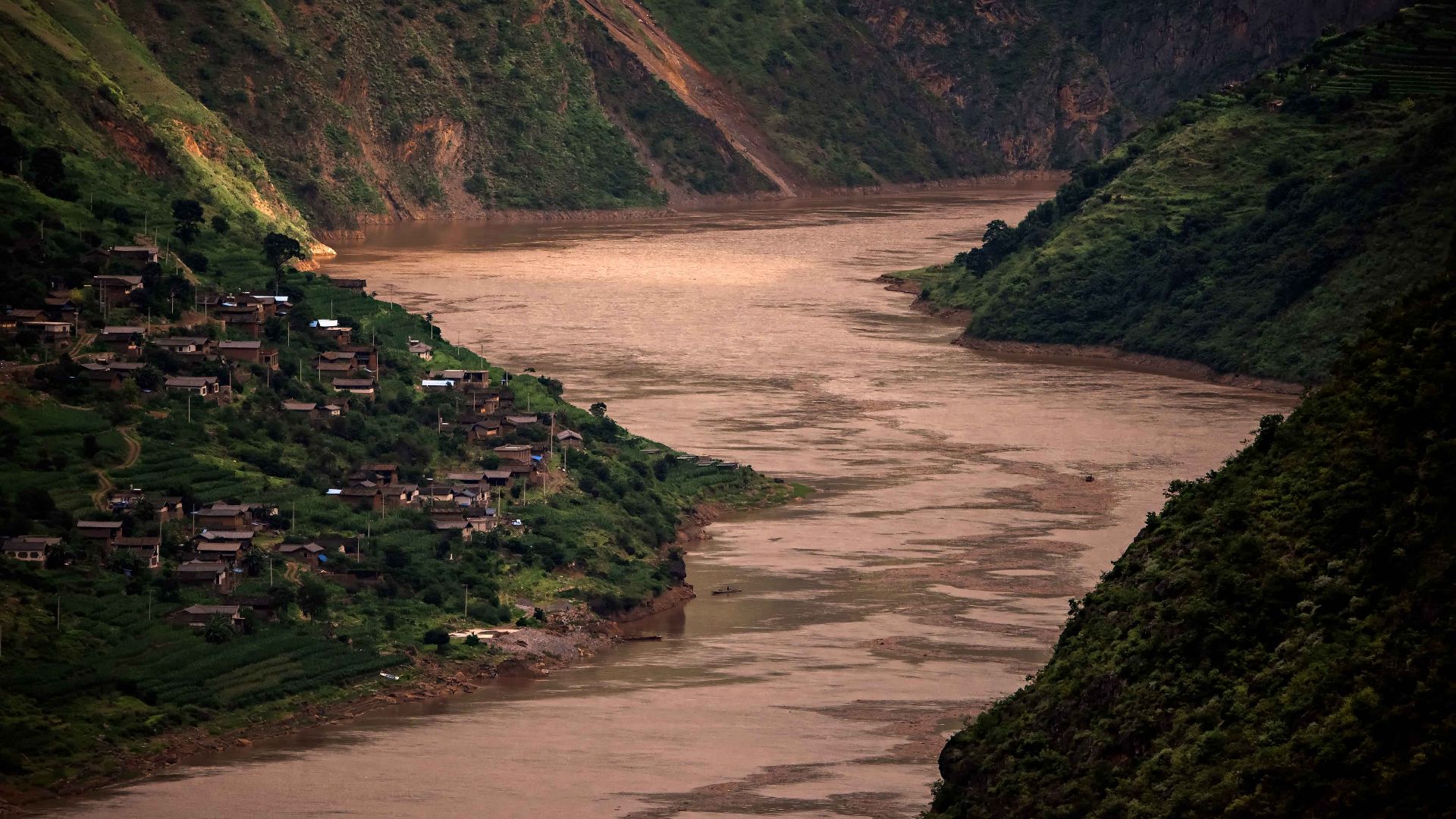 Rod Waddington, Wikimedia Commons
Rod Waddington, Wikimedia Commons
The Dam Has Altered Local Microclimates And Ecosystems
The reservoir’s large surface area has influenced small climate changes in humidity, temperature patterns, and local biodiversity. Changes in water temperature and flow have affected fish migration and plant distribution. Ecologists continue to monitor the region to assess ecological shifts since the dam’s operation began. Now here comes the kicker…
 J. Patrick Fischer, Wikimedia Commons
J. Patrick Fischer, Wikimedia Commons
NASA Reported The Dam Slowed Earth's Rotation By 0.06 Microseconds
According to precise satellite data, the redistribution of mass caused by the dam's reservoir has slowed Earth's rotation by 0.06 microseconds. This change, while minuscule, is measurable and represents a rare example of human infrastructure influencing planetary mechanics.
The Mass Redistribution Increased The Earth's Moment Of Inertia
Remember the law of inertia? It's in play here. This principle causes a spinning object to slow down when its mass moves farther from its axis of rotation. The dam increased the Earth's moment of inertia by shifting an enormous volume of water to a higher elevation.
The Dam's Reservoir Shifted Earth's Axis By Approximately 2 Centimeters
The added water mass behind the dam has subtly shifted Earth’s rotational axis by about 2 centimeters. Such axial movement is vital in geophysics, where even minor adjustments affect long-term models of planetary behavior. Before we go any further, let’s examine the axis-speed connection.
 Three Gorges Dam: The World's Most Powerful Dam by MegaBuilds
Three Gorges Dam: The World's Most Powerful Dam by MegaBuilds
Understanding Earth's Axis Shift
Our planet's axis is an imaginary line running from the North to the South Pole around which it rotates, like the rod in a spinning globe on your desk. The spin speed can change when you tilt or shift the rod. Large-scale mass redistributions, therefore, cause minute shifts.
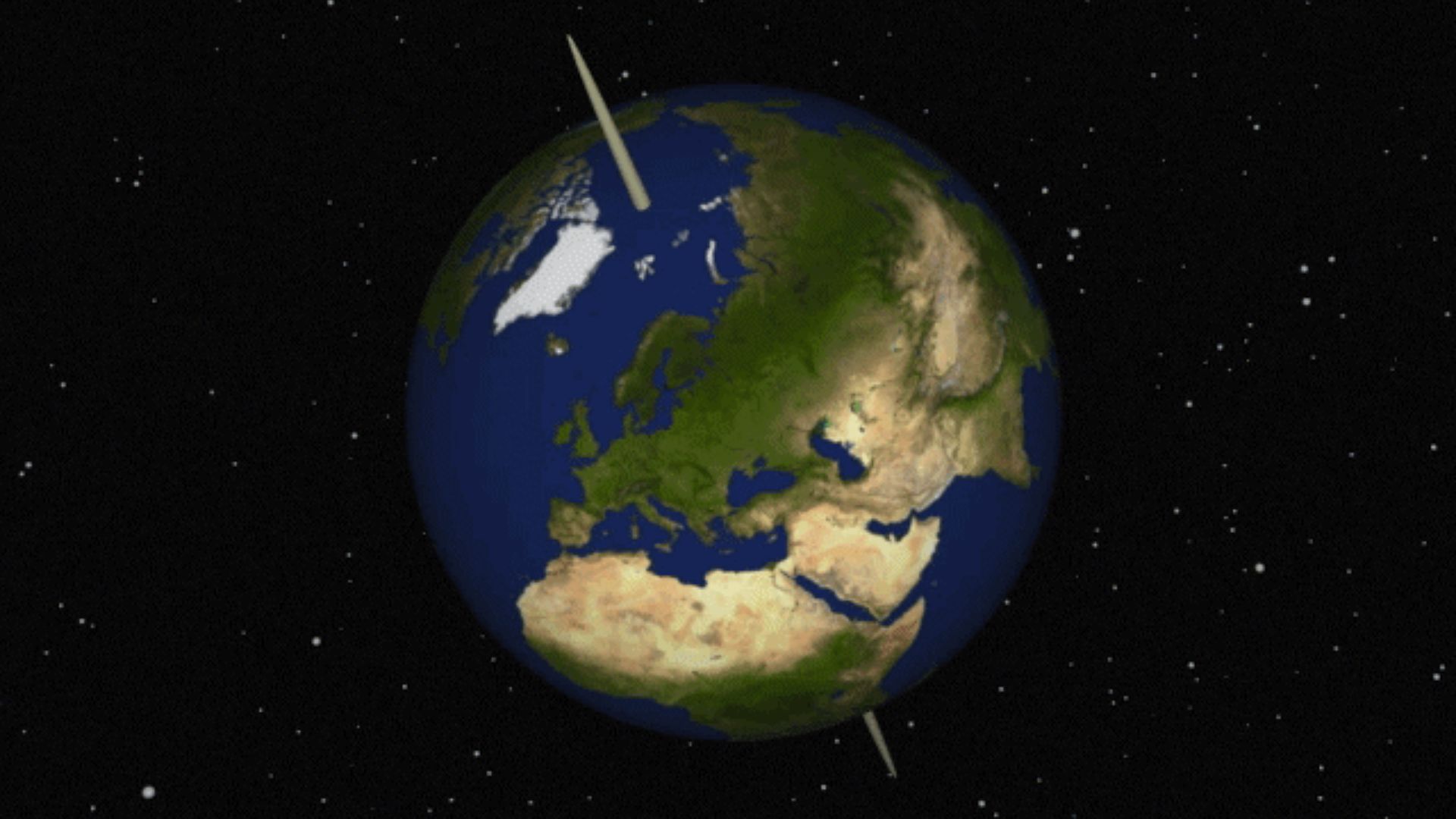 Silver Spoon, Wikimedia Commons
Silver Spoon, Wikimedia Commons
How Fast Are We Spinning, Anyway?
Right now, Earth spins at approximately 1,038 miles per hour at the equator. It moves more slowly near the poles. That’s faster than most jets and definitely faster than a bullet. This giant spin keeps everything moving—even if your breakfast cereal stays perfectly still.
What Happens When That Spin Shifts
If Earth’s axis shifts just 2 centimeters, like it has, it's like nudging a tiny Lego on a spinning plate. The change feels invisible to us, but it slows the spin just a bit. It’s quiet, subtle, and small, but precise instruments catch it, and scientists definitely notice.
What If Earth Sped Up Or Slowed Down?
Speed things up, and you'll weigh less. Slow it down, and you might gain a few pounds (sorry, it's science). A dramatic slowdown could last days to weeks. Speed it up too much, and oceans start drifting toward the equator; great for beach towns, bad for everyone else.
Could We Actually Change Earth's Speed?
To slow Earth’s rotation by just one full second, you'd need to redistribute an estimated 10 quadrillion kilograms—the equivalent of building over 1,000 Three Gorges Dams in just the right spots. To speed it up? You’d have to move mountain ranges closer to the equator.
Natural Vs Human-Induced Shifts
The Earth periodically shifts in two ways, naturally and human-induced. Natural events, such as massive earthquakes, have historically caused more significant shifts in Earth's axis than human-made structures. For instance, the 2004 Indian Ocean earthquake shifted the axis by about 7 centimeters.
 Apollomelos~commonswiki, Wikimedia Commons
Apollomelos~commonswiki, Wikimedia Commons
Human-Induced Shifts Are Subtle But Measurable
Unlike earthquakes that shift the axis in seconds, human activity builds its impact over time. As explained above, the Three Gorges Dam alone caused a change in the 2-centimeter axis by moving billions of tons of water. It’s small, but it counts when engineering changes a planet’s balance.
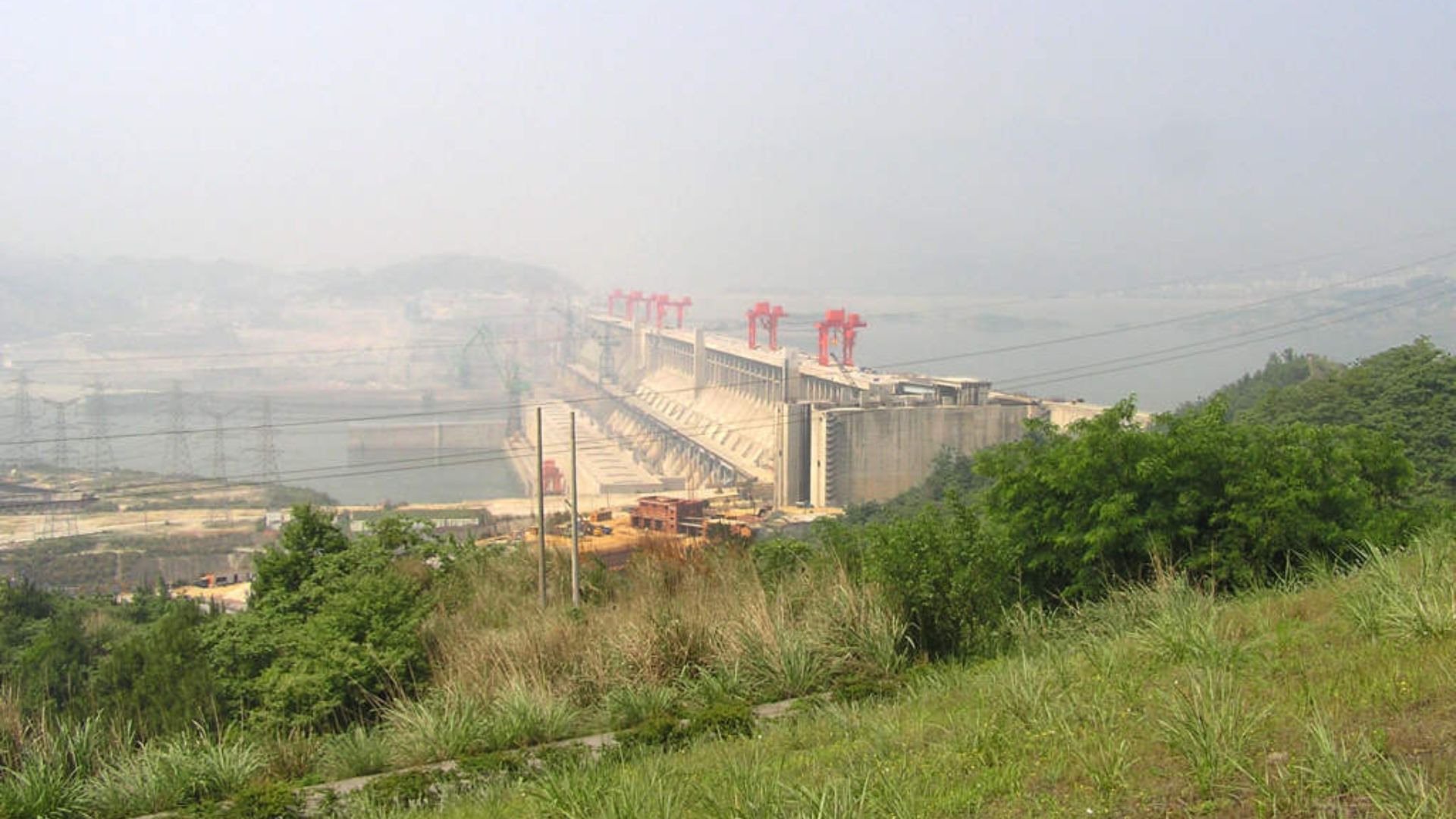 Richardelainechambers at English Wikipedia, Wikimedia Commons
Richardelainechambers at English Wikipedia, Wikimedia Commons
This Dam Isn’t The Only Human-Induced Earth Axis “Shifter” BTW!
Between 1993 and 2010, humans pumped over 2 trillion tons of groundwater, and this caused Earth's axis to shift approximately 80 centimeters (31.5 inches) eastward. This significant movement adds to the fact that water greatly influences the planet's rotation. Here’s how it causes the shift:
Sea-Level Rise Linked To Groundwater Depletion
You see, the just-extracted groundwater eventually makes its way to the oceans. The result? Sea-level rise. When more water gathers in the oceans, especially unevenly, it’s like placing extra weight on one side of a spinning top. That tiny shift can slightly nudge Earth’s axis, changing how it spins. There’s more.
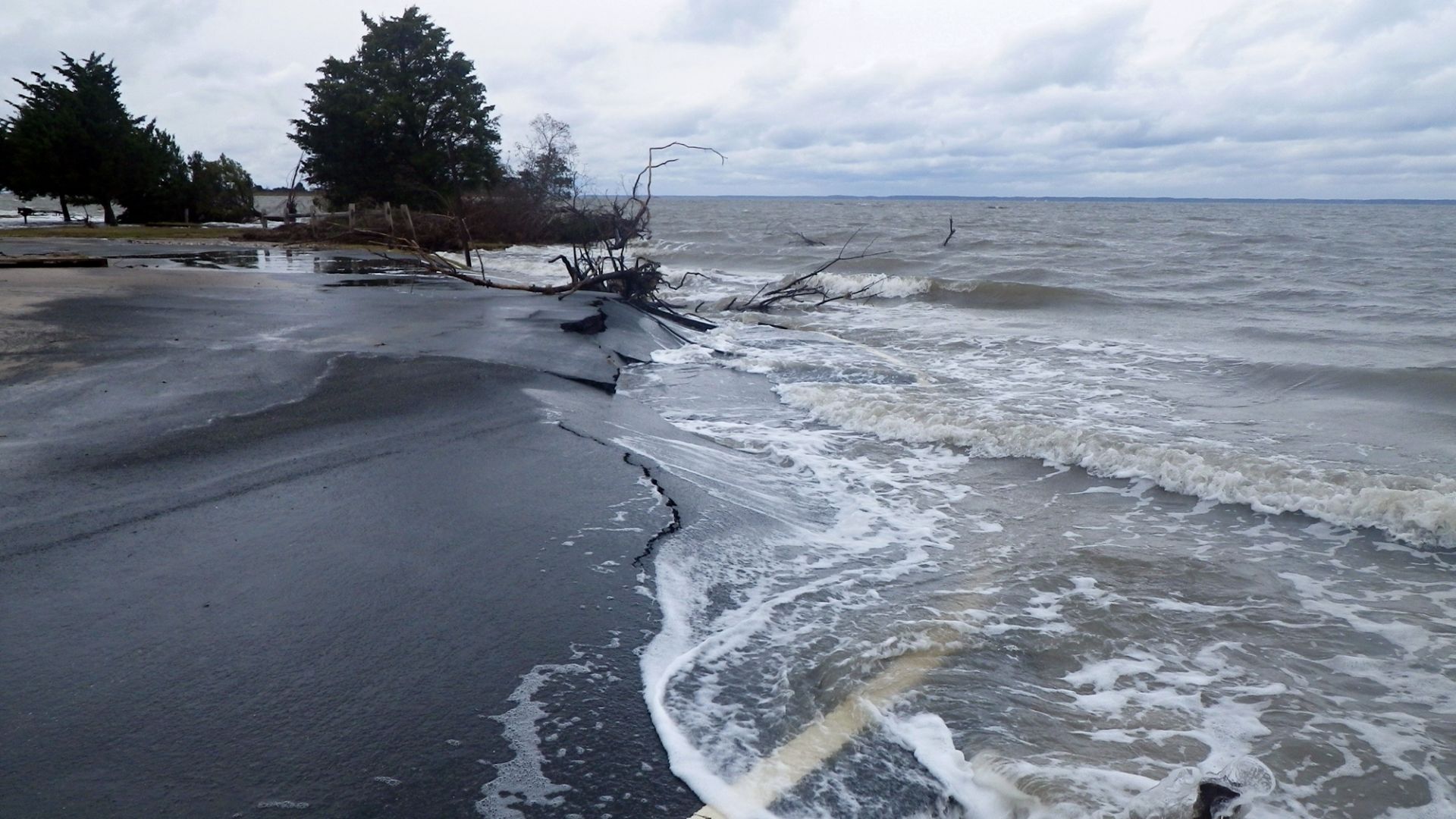 NPS Climate Change Response, Wikimedia Commons
NPS Climate Change Response, Wikimedia Commons
Greenland's Ice Melt Has Also Caused Axis Drift
The melting of Greenland's ice sheet has also significantly contributed to Earth's spin axis drift. As temperatures rose throughout the 20th century, Greenland's ice mass decreased, redistributing Earth's weight and causing the axis to shift. This mass loss is one of the three primary factors influencing the planet's rotational changes.
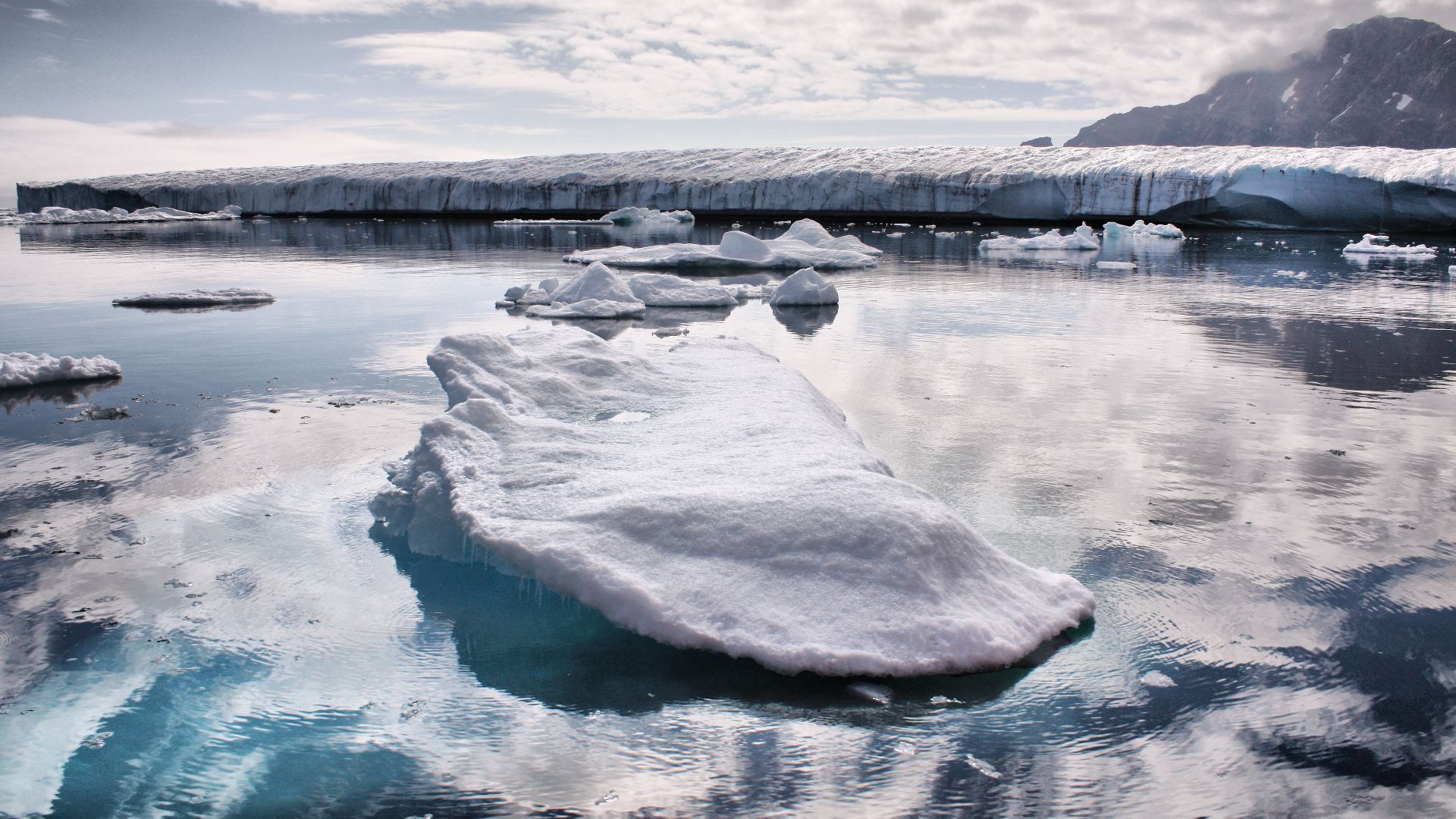 Christine Zenino from Chicago, US, Wikimedia Commons
Christine Zenino from Chicago, US, Wikimedia Commons
Eurasian Water Loss Influences Earth's Wobble
Unexpectedly, more water depletion in Eurasia has significantly contributed to Earth's axis drift. Although the water loss here is less than that from melting ice sheets, its location around 45 degrees latitude makes it highly effective in altering Earth's rotation. Now, back to the dam.
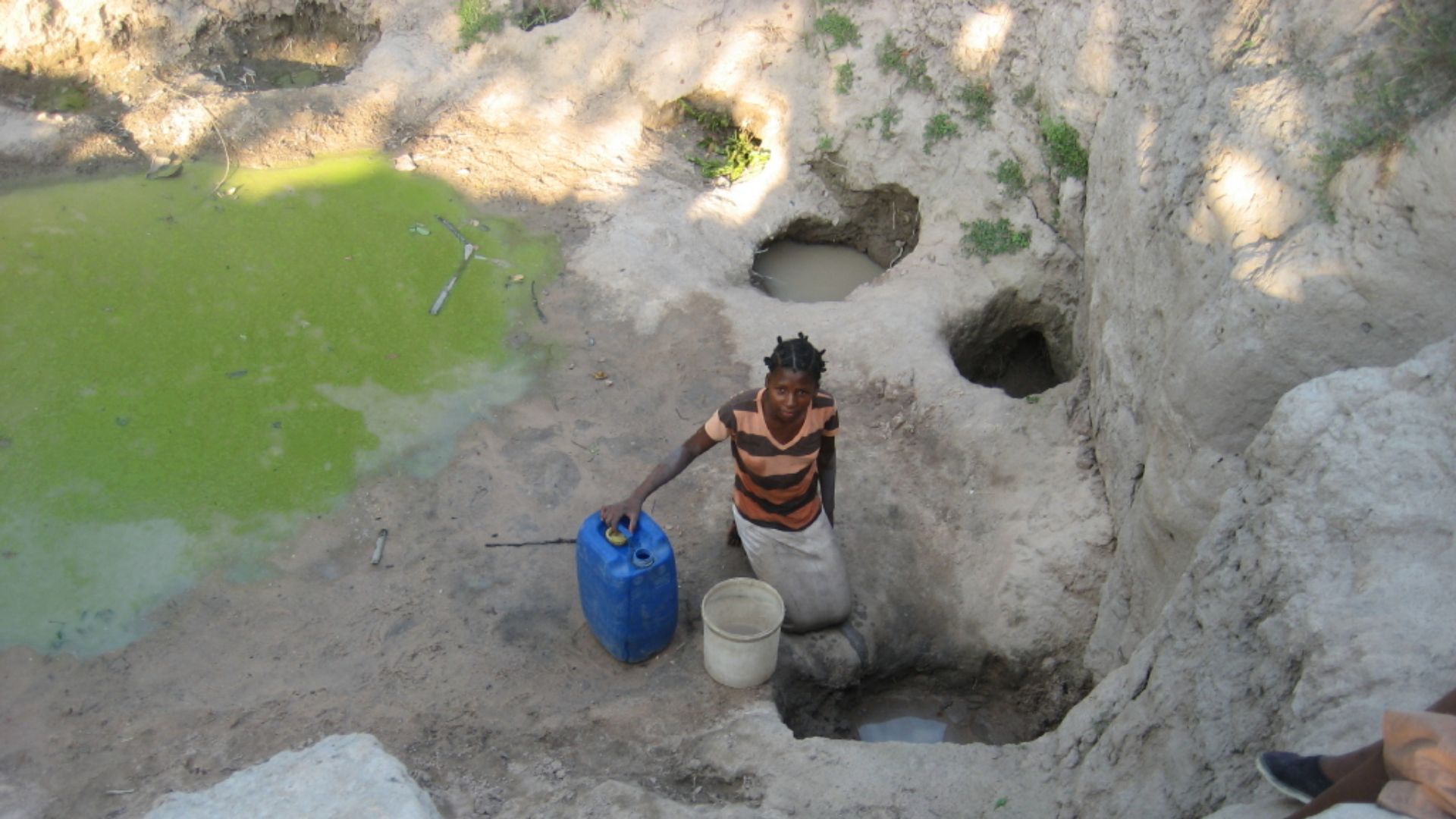 Ton Rulkens from Mozambique, Wikimedia Commons
Ton Rulkens from Mozambique, Wikimedia Commons
The Dam’s Changes Are Measurable But Have No Significant Daily Impact
Despite being measurable, the effects on Earth’s rotation and tilt are too minor to change weather patterns or daily activities. Atomic clocks and satellite instruments can detect them, but humans won’t feel any difference in day length or seasonal shifts. Phew, no weight gain!
 Exclusive aerial view: world's largest shiplift at China's Three Gorges Dam by New China TV
Exclusive aerial view: world's largest shiplift at China's Three Gorges Dam by New China TV
The Phenomenon Highlights Human Engineering's Global Effects
The Three Gorges Dam demonstrates how large-scale projects can influence the planet's physical systems. It stands as an example of how infrastructure, beyond its immediate functions, can affect geological and astronomical measurements on a global scale.
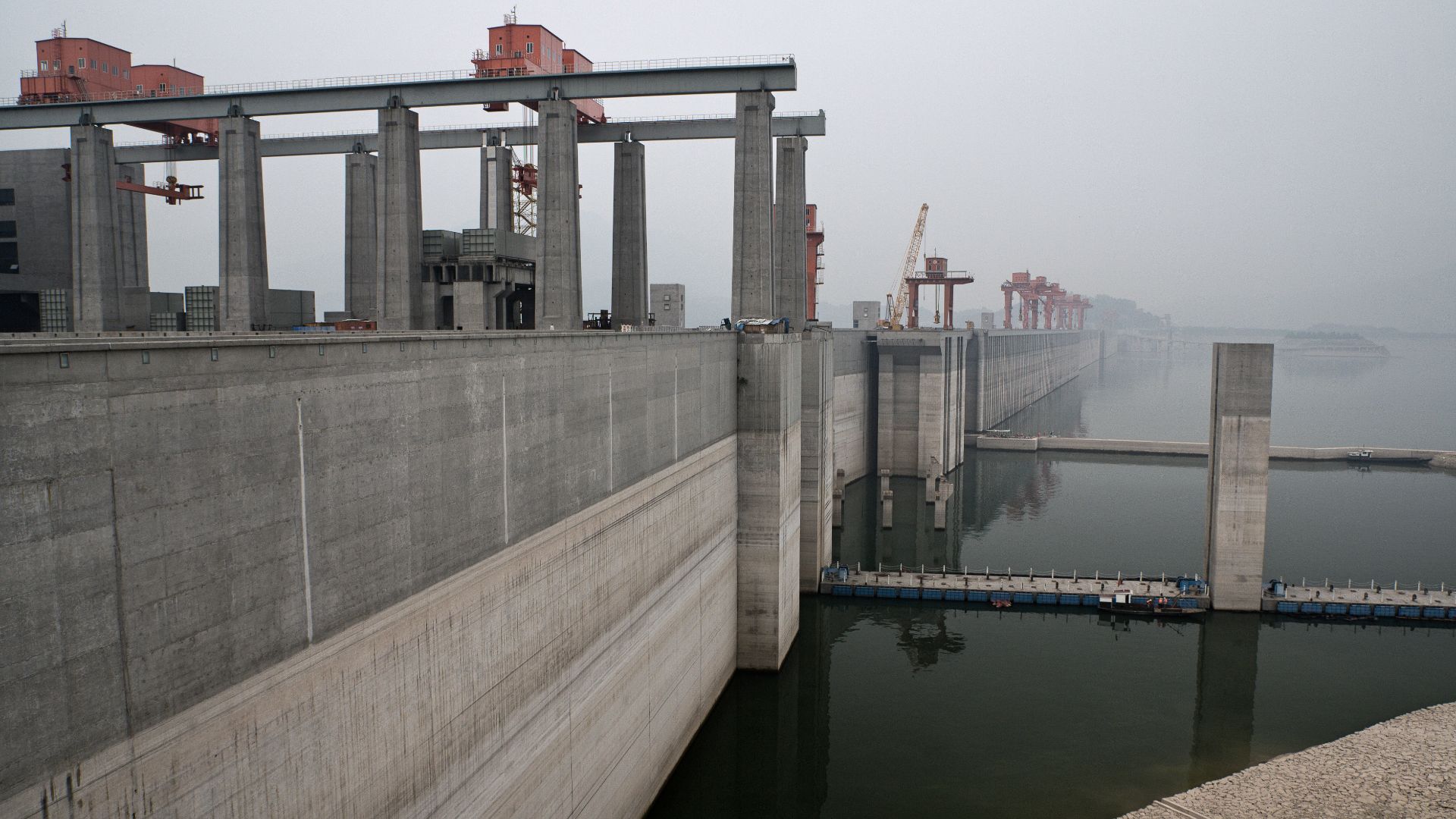 Ekrem Canli, Wikimedia Commons
Ekrem Canli, Wikimedia Commons
Thresholds For Concern
As things are now, Earth is not at risk. But if the shift is several meters along the Earth's axis, it could have more pronounced effects, potentially influencing climate patterns and sea levels. However, current human-induced shifts remain within safe limits.
Cumulative Effects Of Multiple Projects
We are safe now, right? But what if numerous large-scale projects like the Three Gorges Dam were constructed globally? The answer is that their combined mass redistribution could amplify Earth's axis shifts, necessitating careful assessment of cumulative impacts.
Ongoing Monitoring And Research
Because of this, scientists continuously monitor Earth's rotation and axis position using satellite data and geodetic measurements to understand both natural and anthropogenic influences on the planet's dynamics. The goal is to ensure things remain safe before it's too late.
Implications For Mega-Structure Infrastructure Planning
Understanding the potential impacts of massive structures on Earth's rotation is vital for future infrastructure planning. Doing it right from the get-go ensures that such projects do not inadvertently contribute to significant geophysical changes. It would be devastating to cause an irreversible shift this way.
The Role Of Global Guidelines
History warns us that sometimes humans don’t listen, hence the role of guidelines. Developing international guidelines and assessments for large-scale projects can help mitigate unintended consequences on Earth's rotation and axis and promote sustainable development practices.
 Exclusive aerial view: world's largest shiplift at China's Three Gorges Dam by New China TV
Exclusive aerial view: world's largest shiplift at China's Three Gorges Dam by New China TV
Building Big Without Breaking The Balance
Massive projects don’t have to wobble the world. Engineers can run simulations that predict how a structure will shift Earth’s mass. By carefully choosing locations, spreading weight evenly, and avoiding overloading sensitive zones, we can keep the planet spinning smoothly—no doomsday required.
Planning With The Planet In Mind
Future infrastructure should follow global guidelines that track how much mass gets moved, where it goes, and how often. Adding geophysicists to the planning table helps avoid risks. It’s not just about building strong—it’s about creating smart for a stable Earth.
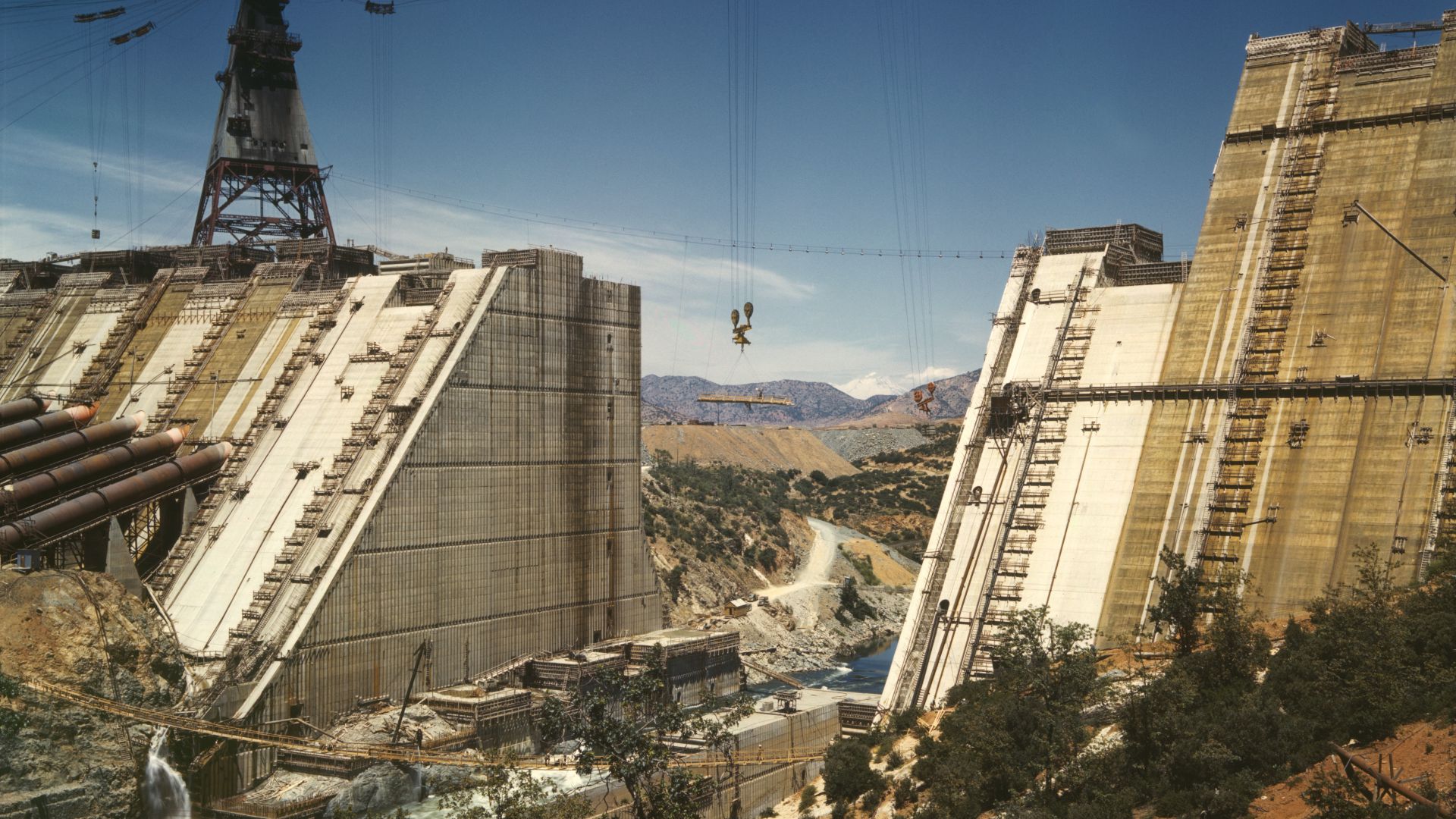 Russell Lee, Wikimedia Commons
Russell Lee, Wikimedia Commons
Earth Is Fine Now, But Engineers Should Consider All Angles
The Three Gorges Dam has reduced flooding and powered millions of homes and factories. It’s a triumph of engineering with real-world benefits. Still, every massive build should weigh short-term gains against long-term consequences. Because honestly, what good is a dam if there’s no one around to power up the lights?

